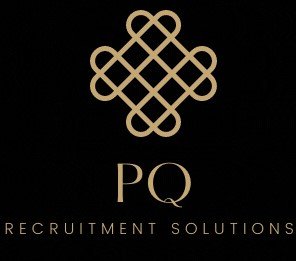Mastering Talent Acquisition: Strategies for Building a Future-Ready Workforce
In the fast-paced world of business, mastering talent acquisition is essential for organizations aiming to build a future-ready workforce. Talent acquisition goes beyond the immediate task of filling vacancies; it encompasses the strategic approach of identifying, attracting, and retaining individuals whose skills and values align with the organization’s vision for growth. Effective talent acquisition strategies can significantly boost a company’s performance, foster innovation, and cultivate a thriving work culture. This document will delve into various talent acquisition strategy examples, providing insights into how businesses can navigate the complexities of the modern job market to secure a competitive edge.
Identifying Top Talent
Identifying top talent is the cornerstone of effective talent acquisition strategies. It begins with understanding the specific skills and attributes that align with the organization's goals and culture. Companies should assess their current workforce to pinpoint skills gaps and future needs. Crafting detailed job descriptions that highlight required competencies and company values is crucial. Leveraging data analytics can help in predicting future talent needs and identifying potential candidates who fit the desired profile. Networking within industry circles and employee referrals are effective methods for discovering high-caliber individuals. Additionally, staying active on professional platforms such as LinkedIn can facilitate connections with potential top talent. Regularly updating the criteria for "top talent" ensures alignment with evolving business goals, helping organizations maintain a dynamic and future-ready workforce.
Attracting the right candidates is essential in executing successful talent acquisition strategies. The process begins with creating a compelling employer brand that resonates with the values and aspirations of potential candidates. Clear communication of the company's mission, culture, and benefits can differentiate an organization in a competitive job market. Utilizing modern recruitment channels, such as social media, job boards, and company websites, expands reach and engages diverse applicant pools. Tailored outreach, including personalized recruitment messages, can enhance candidate interest. Moreover, offering competitive compensation packages and career development opportunities can entice top talent. Engaging in community events and industry conferences can also increase visibility and attractiveness as an employer of choice. By fostering an inclusive and dynamic work environment, companies can attract candidates who are not only skilled but also align with long-term organizational goals.
Retaining skilled employees is as crucial as attracting them, particularly in fostering a future-ready workforce. To keep top talent engaged, organizations must prioritize creating a supportive and rewarding work environment. Providing continuous professional development opportunities, such as workshops and mentorship programs, enhances employee growth and job satisfaction. Implementing flexible work arrangements can improve work-life balance, further boosting retention rates. Regular feedback and recognition of employee achievements contribute to a positive workplace culture. Competitive compensation packages, including benefits and performance incentives, are vital in retaining skilled employees. Moreover, fostering a sense of belonging through team-building activities and inclusive practices ensures that employees feel valued and integral to the company's success. By addressing their needs and aspirations, organizations can not only maintain a stable workforce but also encourage loyalty and long-term commitment. This approach ultimately strengthens the company's ability to adapt and thrive in an ever-evolving business landscape.

